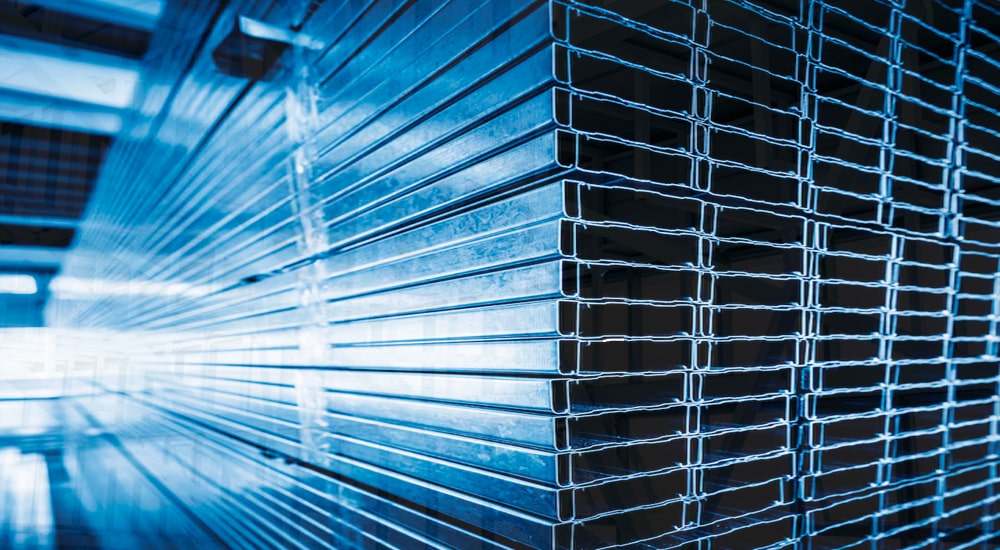
As the construction industry continues to evolve, Steel Detailing Services are more crucial than ever. Steel detailing, the process of creating detailed drawings and plans for steel structures, is fundamental to ensure safety, cost-efficiency, and structural integrity in construction projects. As we move toward 2025, several trends are poised to shape the future of steel detailing, driven by advancements in technology, sustainability efforts, and the increasing complexity of construction projects.
1. Adoption of Advanced Technologies
One of the most significant trends in steel detailing services is the increasing adoption of advanced technologies such as Building Information Modeling (BIM), Artificial Intelligence (AI), and automation. BIM allows for a holistic view of the construction project, integrating various elements and stakeholders into a single digital model. This collaborative approach helps in identifying potential issues before they arise, minimizing delays and reducing costly changes during construction.
AI is set to enhance the processing of steel detailing services by automating repetitive tasks, analyzing data to predict project outcomes, and optimizing design processes. Furthermore, advancements in 3D printing technology and robotics may lead to more efficient fabrication processes and alterations in how steel structures are assembled on-site.
2. Emphasis on Sustainability
Sustainability has become a crucial consideration in construction, and steel detailing services are not exempt from this trend. With increased awareness of environmental issues, the demand for sustainable construction practices is rising. There is a growing emphasis on using recycled steel and environmentally friendly practices in the procurement of steel materials.
Moreover, steel detailing services can play a role in minimizing waste through precise planning and design, ensuring that only necessary materials are used. As we move into 2025, companies that prioritize sustainability in their steel detailing will likely gain a competitive edge in the market.
3. Integration of Prefabrication
Prefabrication is revolutionizing the construction industry, and steel detailing services are adapting to this trend. By designing components that can be prefabricated in a controlled environment, steel detailers can ensure greater accuracy and enhance the efficiency of on-site assembly.
As the demand for faster project completion times grows, the integration of prefabrication in steel detailing will become increasingly essential. This method minimizes on-site labor costs and reduces the potential for human error, which can lead to delays and additional expenses.
4. Enhanced Collaboration Through Cloud Technology
Cloud technology is transforming the way construction professionals collaborate and share information. The future of steel detailing services will heavily leverage cloud-based platforms, allowing for real-time access to project data for all stakeholders. This accessibility ensures that architects, engineers, contractors, and detailers are aligned throughout the project lifecycle.
With cloud technology, updates and changes can be communicated instantaneously, reducing the chances of miscommunication and rework. As a result, steel detailing services will become more efficient, saving both time and resources while improving the overall quality of the projects.
5. Focus on Skill Development and Workforce Training
As technology continues to advance, there is a growing need for skilled professionals in the field of steel detailing services. Companies are increasingly investing in training and skill development to ensure that their workforce is well-equipped to handle new tools and technologies.
Moreover, with the aging workforce in the construction industry, attracting younger talent is essential. By providing opportunities for advancement and a clear career path in steel detailing, companies can foster a more dynamic and knowledgeable workforce in the years to come.
6. Increased Regulatory Compliance
In 2025, regulatory compliance will continue to shape the future of steel detailing services. Governments are increasingly implementing stricter building codes and standards to enhance safety and sustainability. Steel detailers must stay updated on these regulations to ensure that their designs comply with the latest requirements.
Furthermore, technology can assist in maintaining compliance by automating the integration of regulatory standards into the detailing process. This not only streamlines the workflow but also reduces the risk of penalties and project delays due to non-compliance.
Conclusion
As we approach 2025, the landscape of steel detailing services is on the brink of transformation. With the adoption of advanced technologies, a focus on sustainability, enhanced collaboration via cloud platforms, and a commitment to workforce development, the future looks promising. Steel detailing will not only evolve in response to these trends but will also play a vital role in shaping the construction industry's future.
Companies that embrace these changes and adapt their steel detailing services to meet the needs of a modern construction environment will likely thrive in the competitive market ahead. The integration of innovative solutions and sustainable practices will define successful steel detailing services in 2025 and beyond, leading to safer, more efficient, and environmentally friendly construction projects.





